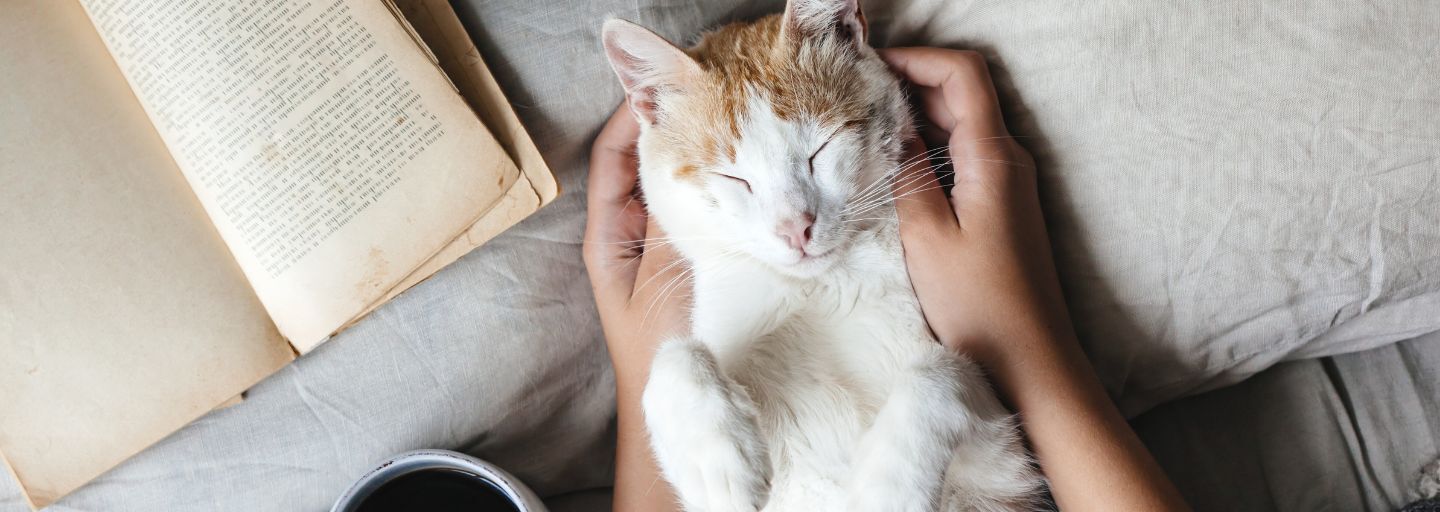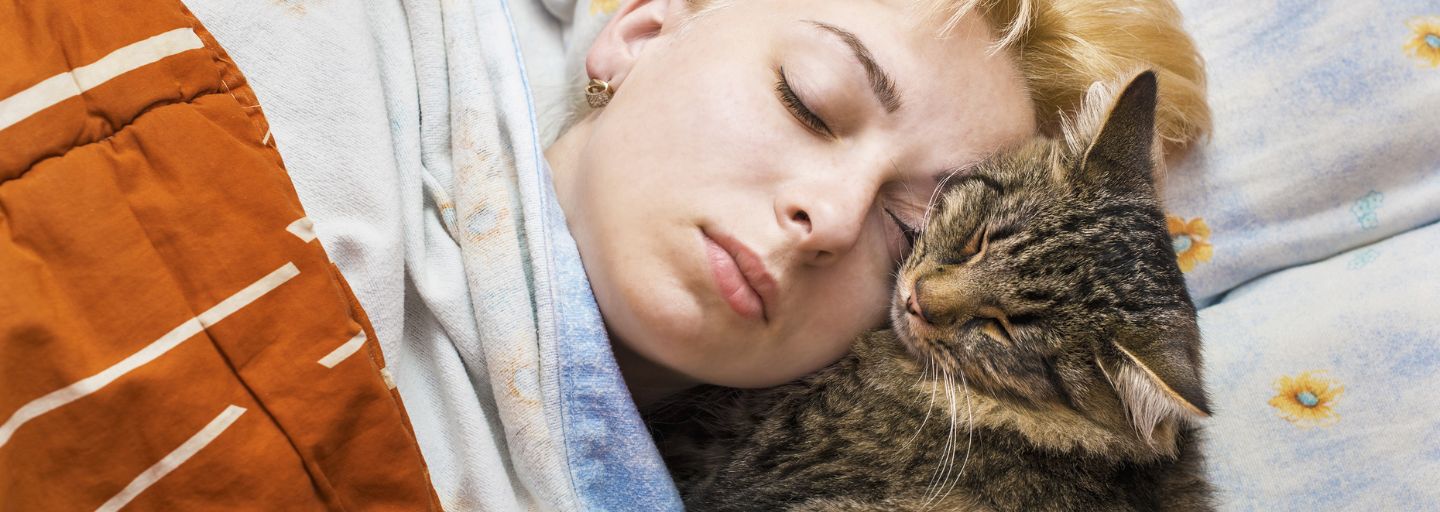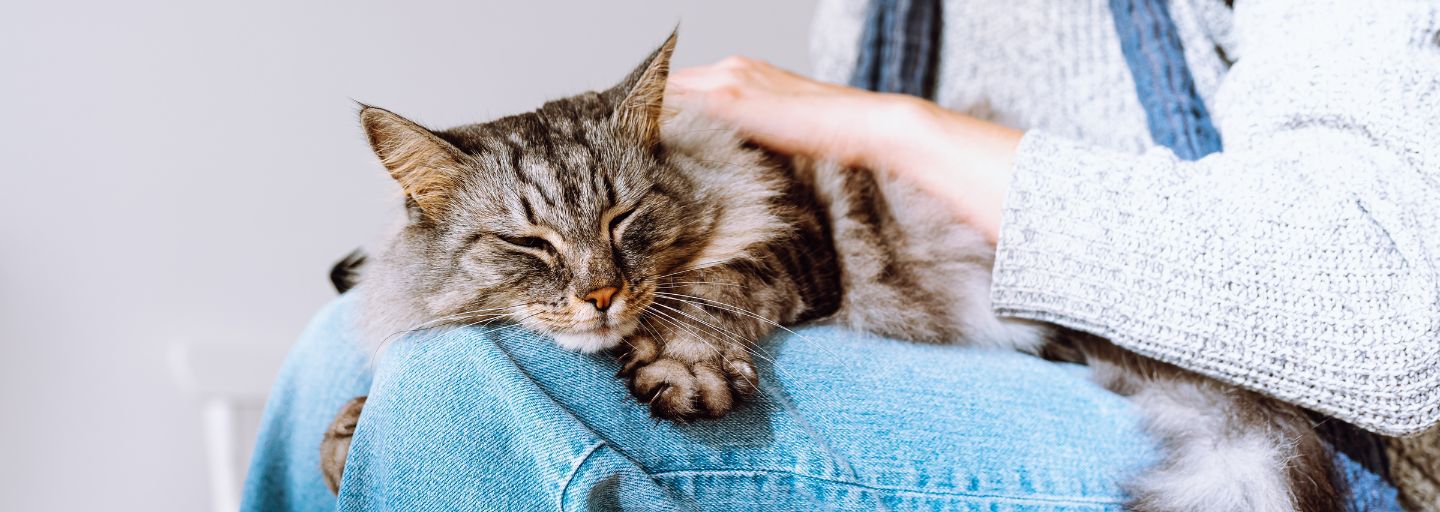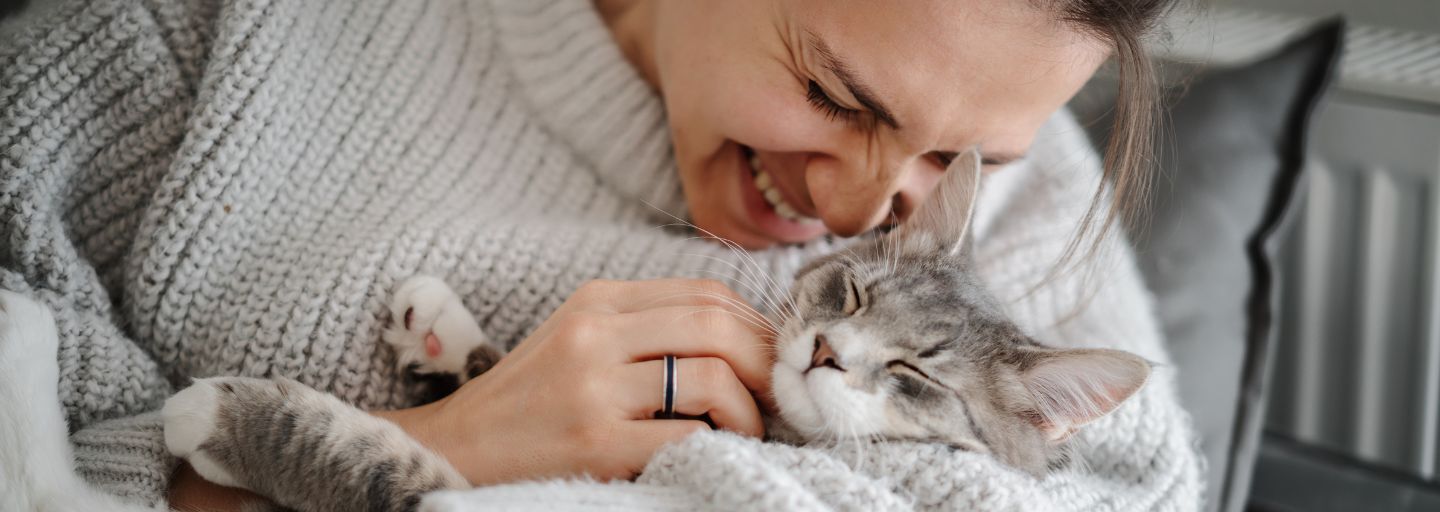Cats are known for their mysterious and independent nature, and their sleeping positions are no exception. From curled-up balls to stretched-out loungers, cats have a wide range of sleeping positions that can provide valuable insights into their overall well-being and personality. As a responsible cat owner, it is important to understand and interpret your cat's sleeping position to ensure their comfort and happiness.
Cat Sleeping Positions

The Curled-Up Ball
One of the most common sleeping positions for cats is the curled-up ball. In this position, your cat tucks their paws under their body and wraps their tail around themselves. This position is often seen in cats that feel safe and secure in their environment. By curling up tightly, cats can conserve body heat and protect their vital organs. If your cat frequently sleeps in the curled-up ball position, it may indicate that they are seeking comfort and security.


The Stretch
Another common sleeping position is when cats stretch out their bodies, often with their legs extended and their paws pointed. This position is often seen in cats that feel relaxed and content. When cats sleep in a stretched-out position, it means they are fully comfortable and trust their surroundings. It also allows them to easily transition into a deep sleep, as they are not constantly on alert. If your cat frequently sleeps in a stretched-out position, it is a good sign that they are at ease and enjoying their environment.


The Loaf
The loaf position is when cats tuck their paws under their body and sit in a compact, loaf-like shape. This position is often seen in cats that are ready to spring into action at any moment. By sleeping in this position, cats can quickly respond to any potential threats or opportunities. It also helps them conserve energy while still being alert. If your cat frequently sleeps in the loaf position, it may indicate that they have a vigilant and active nature.


The Belly Exposer
The belly exposer position is when cats lie on their backs with their belly exposed. This position is often seen in cats that feel extremely comfortable and trust their environment. When cats sleep in this position, it means they are completely relaxed and have no worries. It also exposes their most vulnerable areas, such as their belly and throat, which shows a high level of trust. If your cat frequently sleeps belly up, it is a clear sign that they feel loved and secure.


The Perch
The perch position is when cats find a high vantage point, such as a shelf or the back of a couch, and sleep with their paws tucked under their body. This position is often seen in cats that have a strong desire to observe their surroundings. By sleeping in a perch position, cats can keep an eye on their territory and be aware of any potential threats or interesting activities. If your cat frequently sleeps in a perch position, it may indicate that they have a curious and watchful nature.


The Headpress
The headpress sleeping position is when cats rest their head against a wall, furniture, or even your hand. This position is often seen in cats that seek comfort and security. By pressing their head against a solid surface, cats can feel a sense of stability and relaxation. If your cat frequently sleeps in the headpress position, it may indicate that they find comfort in the pressure against their head.


The Faceplant
The faceplant position is when cats sleep with their face buried in their paws or against a soft surface. This position is often seen in cats that are completely at ease and trust their surroundings. By burying their face, cats can block out light and noise, creating a cozy and peaceful sleeping environment. If your cat frequently sleeps in the faceplant position, it is a clear sign that they feel safe and secure.


The Contortionist
The contortionist position is when cats twist and bend their bodies into unusual and seemingly impossible shapes while sleeping. This position is often seen in cats that are flexible and agile. By contorting their bodies, cats can find unique and comfortable positions that suit their individual preferences. If your cat frequently sleeps in contorted positions, it may indicate that they have a playful and adventurous nature.


Paws Across the Face
The paws across the face position is when cats sleep with their paws covering their eyes or resting on their face. This position is often seen in cats that are seeking a sense of security and privacy. By covering their face, cats can shield themselves from light and potential disturbances, allowing for a more restful sleep. If your cat frequently sleeps with their paws across their face, it means they value their personal space and appreciate a peaceful environment.


On Your Chest
The on your chest position is when cats choose to sleep directly on top of their human companion's chest. This position is often seen in cats that have a strong bond with their owners and seek close physical contact. By sleeping on your chest, cats can feel the warmth of your body and the soothing rhythm of your heartbeat. If your cat frequently sleeps on your chest, it is a clear sign of their affection and trust in you.


In a Kitty Pile
The in a kitty pile position is when multiple cats in a household sleep together in a cozy and intertwined manner. This position is often seen in cats that have a strong social bond and enjoy the company of their feline companions. By sleeping in a kitty pile, cats can share body heat and create a sense of security and camaraderie. If you have multiple cats that frequently sleep in a pile, it is a heartwarming display of their close relationship.


In the Litter Box
Cats should not sleep in the litter box. If you notice your cat sleeping in the litter box, it is important to address this behaviour as it may indicate an underlying issue. Sleeping in the litter box can be a sign of stress, anxiety, or a medical problem. Cats are naturally clean animals and typically use the litter box solely for elimination purposes. If they are choosing to sleep in the litter box, it may be a sign that they are seeking a safe and secure space or that they are experiencing discomfort elsewhere. Provide your cat with a separate, comfortable sleeping area and consult with a veterinarian if the behaviour persists or if you notice any other concerning signs. Maintaining a clean litter box and ensuring a cozy sleeping environment are crucial for your cat's well-being.

Understanding your cat's sleeping position can provide valuable insights into their physical and emotional well-being. It is important to note that cats may change their sleeping positions based on their mood, the temperature, or any discomfort they may be experiencing. By observing their sleeping habits, you can better understand their needs and provide them with the care they deserve.
Recommendations







